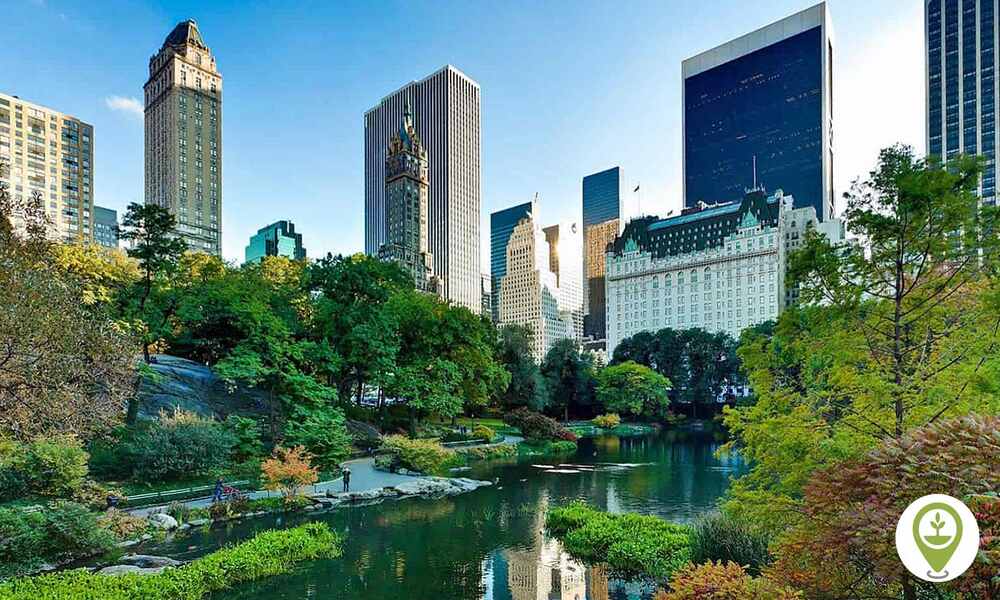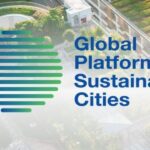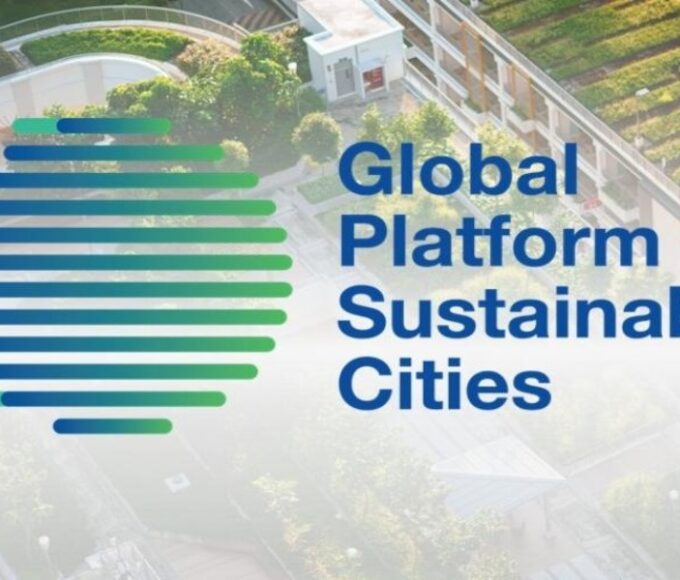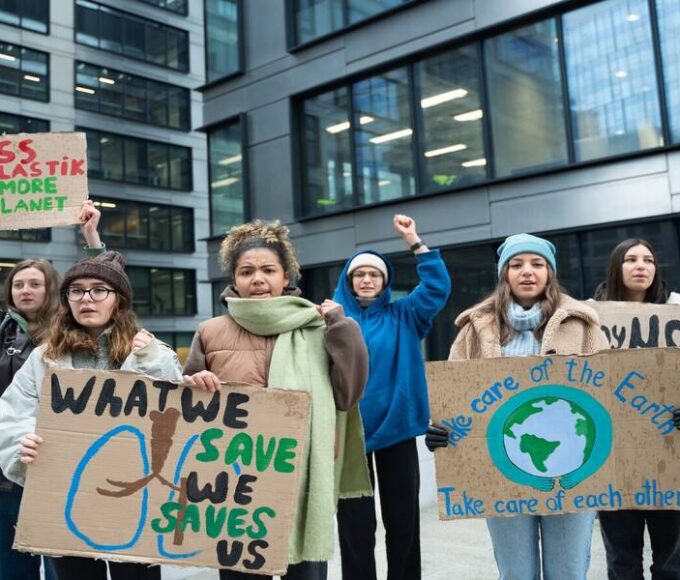Singapore’s Green Urbanism Initiatives

Singapore, known for its modern skyline and bustling urban environment, is also a global leader in green urbanism. As a small island nation with limited natural resources, Singapore has embraced sustainability as a core component of its development strategy. The city-state’s green initiatives are designed to create a balance between urban growth and environmental preservation, offering valuable lessons for other cities worldwide. From vertical gardens to energy-efficient buildings, Singapore is setting the standard for sustainable urban living, and its green urbanism initiatives have become a model for other cities striving to achieve environmental sustainability while maintaining economic growth.
1. Embracing Vertical Gardens and Green Roofs
One of Singapore’s most innovative green urbanism initiatives is its commitment to incorporating greenery into its urban infrastructure. The city-state has transformed its skyline with vertical gardens, green walls, and green roofs, which help combat the urban heat island effect and improve air quality. Iconic buildings like the Marina Bay Sands and The Parkroyal Collection Pickering feature lush greenery integrated into their design, turning high-rise structures into vertical gardens.
These green roofs and walls not only improve the aesthetic appeal of the city but also contribute to cooling the surrounding environment, reducing the need for air conditioning and lowering energy consumption. The government has also encouraged businesses and homeowners to adopt green roofs, providing incentives and funding for projects that include green landscaping elements.
2. The “Garden City” Vision
Singapore’s “Garden City” vision, first introduced in the 1960s, has since evolved into one of the world’s most successful urban greening programs. The aim is to integrate nature into the city’s urban landscape to ensure that green spaces are an integral part of everyday life. Today, nearly half of Singapore’s land area is devoted to parks, nature reserves, and green spaces, making the city a prime example of urban biodiversity.
Key initiatives under the “Garden City” vision include extensive planting of trees along roadsides, the development of parks and gardens, and the creation of green corridors that connect nature reserves with urban areas. Notable projects like the Singapore Botanic Gardens, a UNESCO World Heritage site, and the Southern Ridges, a 10-kilometer trail linking parks and nature reserves, showcase Singapore’s commitment to preserving and enhancing green spaces in urban environments.
3. Sustainable Building Design
In line with its green urbanism agenda, Singapore has established strict regulations to encourage energy-efficient buildings and sustainable design. The Building and Construction Authority (BCA) introduced the Green Mark Scheme, which is a certification program that rates buildings based on their environmental performance. The program incentivizes developers to design and construct buildings that incorporate energy-efficient technologies, sustainable materials, and water-saving measures.
The city has also pioneered the development of eco-friendly infrastructure, such as zero-energy buildings and smart buildings that utilize renewable energy sources like solar power, advanced insulation materials, and efficient lighting systems. The CapitaGreen building in the central business district is an example of sustainable architecture, featuring energy-efficient systems and a rooftop garden that helps cool the building.
4. Solar Energy and Renewable Power
With limited land available for traditional power generation, Singapore has turned to solar energy as a key solution for sustainable power. The city-state has rapidly expanded its solar capacity, installing solar panels on rooftops, car parks, and even reservoirs. Singapore aims to generate at least 2 gigawatts of solar power by 2030, contributing significantly to the country’s energy needs.
The SolarNova program, launched by the Singapore government, focuses on promoting the use of solar energy in both the public and private sectors. As of recent years, Singapore has also begun testing solar energy technologies in new areas, such as offshore floating solar farms in its reservoirs, which maximize the use of available space and reduce reliance on fossil fuels.
5. Smart Mobility and Green Transportation
Singapore is committed to creating a sustainable transportation system as part of its green urbanism initiatives. The city-state is investing heavily in public transport infrastructure, aiming to make public transport the primary mode of transportation for its residents. The Mass Rapid Transit (MRT) system is constantly expanding, and the government has introduced measures to make it easier for people to use buses, trains, and bicycles.
In addition to improving public transport, Singapore is also focusing on green vehicles. The city has implemented policies to encourage the use of electric vehicles (EVs), including building an extensive network of EV charging stations and offering financial incentives for the purchase of EVs. The government plans to phase out internal combustion engine vehicles by 2040, making Singapore one of the first countries to commit to such a policy.
Singapore is also promoting car-sharing services, cycling, and walking as sustainable alternatives to personal vehicle ownership, all while reducing the city’s carbon footprint.
6. Waste Management and Circular Economy
Singapore is focused on creating a circular economy by reducing waste and promoting the recycling of materials. The city has implemented efficient waste collection systems, which include recycling programs that encourage residents and businesses to separate waste for proper disposal. The government has also invested in waste-to-energy plants that convert waste into usable electricity.
In 2020, Singapore launched the Zero Waste Masterplan, which aims to reduce the amount of waste sent to landfills and increase recycling rates. The plan includes a focus on reducing food waste, promoting the reuse of materials, and developing more efficient waste management systems. The city is also making strides in reducing single-use plastics and encouraging businesses to adopt more sustainable packaging solutions.
7. Conclusion: A Global Leader in Green Urbanism
Singapore’s green urbanism initiatives showcase how a city can integrate sustainability into its planning, development, and everyday life. By blending nature with urban spaces, investing in renewable energy, prioritizing sustainable transportation, and implementing waste reduction programs, Singapore is creating a model for other cities to follow in the fight against climate change.
As a city-state with limited resources, Singapore’s success in green urbanism highlights the importance of innovation, strong policy frameworks, and public engagement. With its ongoing commitment to sustainability, Singapore is not only transforming its urban landscape but also proving that economic growth and environmental responsibility can go hand in hand. As other cities look to build greener futures, Singapore’s efforts stand as a shining example of how green urbanism can create a sustainable and livable environment for all.
Visit Latest Interviews
Recent Posts
Related Articles
Why You Should Think About Your Domain Extension Before You Think About The Name?
Think of your domain extension like a surname—it wraps up your web...
ByGlobal Leaders ViewAugust 19, 2025Germany’s ‘Energiewende’ Initiative: A Vision for a Sustainable Future
Germany’s ambitious energy transition, known as the Energiewende, aims to shift the...
ByGlobal Leaders ViewJanuary 27, 2025Global Platform on Sustainable Cities Established
In a groundbreaking move toward addressing the challenges of urbanization and climate...
ByGlobal Leaders ViewJanuary 27, 2025Copenhagen’s Commitment to Carbon Neutrality
Copenhagen, the capital of Denmark, has set ambitious goals to become the...
ByGlobal Leaders ViewJanuary 27, 2025















Leave a comment